
12 minute read
MEET THE MUXES, MEXICO’S THIRD
MEET The Muxes,
MEXICO’S THIRD GENDER In the southern state of Oaxaca, there are three genders: male, female and muxe. What can we learn from that?
By Christopher Turner Photographs by Nelson Morales
Catalina
If you have never questioned your assigned gender, you may wonder why challenging the concept of gender identity and society’s gender roles is so important or worthy of lengthy court battles and legislative advocacy. For some it is about acceptance, while for others it is about challenging and dismantling prevalent structures of cisnormativity and the gender binary, both here in Canada and across the globe.
People whose identities do not fit into a rigid male or female gender binary are continuing to make headway towards a future where there is collective appreciation for difference, and not conformity. There are plenty of examples of what a fluid future actually looks like. In Juchitán de Zaragoza, a town in the west of the Istmo de Tehuantepec region in Mexico’s southern state of Oaxaca, a small Indigenous community of individuals known as muxes continues to challenge almost every Western concept of gender identity and gender roles.
Though documentation is incredibly sparse, the duality of the muxe community has been acknowledged and celebrated since at least the 1950s in Oaxaca and likely throughout Mexico’s Indigenous regions.
Who are the muxes?
Derived from mujer, the Spanish word for woman, muxes (alternately spelled muxhes and pronounced “moo-shay”) are generally people who have been assigned a male or female gender at birth but who dress or behave in ways associated with another gender as they grow older.
Like many people who don’t see their gender as fixed, muxes do not identify exclusively as male or female, and they do not identify as gay. They are different from the trans movement, and not really part of the larger global LGBTQ community. The muxe tradition is local and Indigenous, and its own thing.
Not all muxes express their identities the same way. Some dress as women and take hormones to change their bodies. Others favour male clothes, while still others have a more nuanced and fluctuating gender identity. No matter how they present, what this group does share is living in a community that accepts them and sees them as respected contributors to their town. They often work as artists, teachers, nurses, caregivers and merchants amid the rest of Juchitán’s working class of craft makers, artisans, beauticians and manufacturers. In fact, many in the community believe that muxes have special intellectual and artistic gifts.
Fernando Noé Díaz, a primary school teacher in Juchitán, reflects on the general sentiment the citizens of the municipality feel towards muxes. He notes, “I guess muxes are so respected because they are more a social gender rather than a sexual one. They have an important role in the community.”
The concept of living free of labels like male and female still disorients even the most progressive parts of the world. But this small community of individuals in Mexico should be recognized as a model of how various cultures make space for life outside of the binary.
The concept of muxe can be confusing to an outsider. It’s a culture that is difficult to pin down or strictly define – and it’s that kind of duality that makes Juchitán so intriguing when we look to it for inspiration (although the “third-gender” muxes mirror the Western cultural understanding of what it means to be genderqueer). One
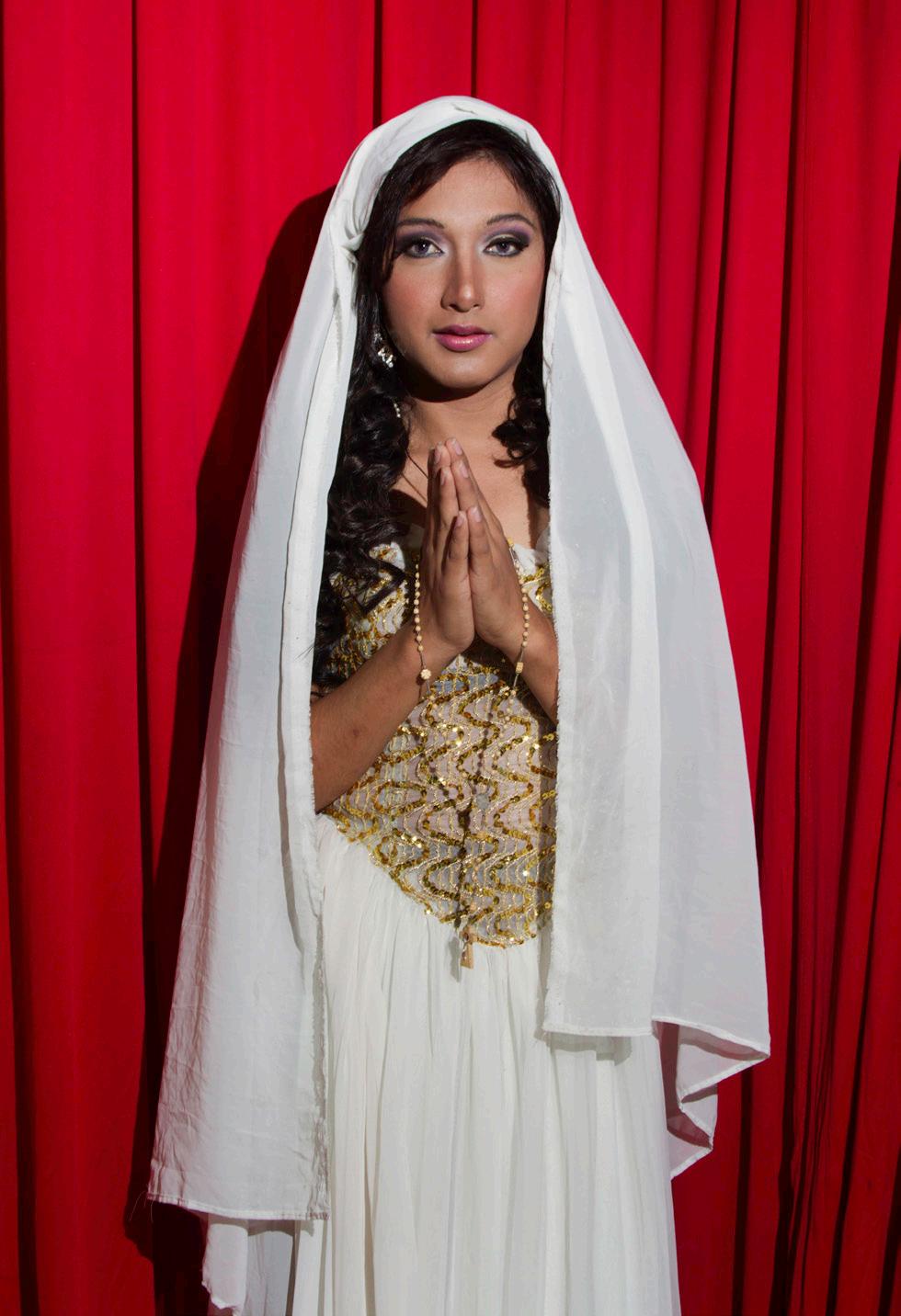
Pray for us
can’t help but wonder what we might learn about the concept of gender by looking more closely at the muxe tradition in this one remote town where gender norms have been openly challenged for decades.
The concept of muxe is constantly evolving
Anthropologists trace the acceptance of people of mixed gender to pre-Colombian Mexico, pointing to accounts of cross-dressing Aztec priests and Mayan gods who were both male and female at the same time. Spanish colonizers wiped out most of those attitudes in the 1500s by forcing Indigenous tribes to convert to Catholicism, but mixed-gender identities managed to survive in the quiet outskirts of metropolitan Mexico among the Zapotec people in southern Oaxaca, where most people speak the Indigenous Zapotec language rather than Spanish.
Local legend has it that St. Nicholas Ferrer, the patron saint of Juchitán, was carrying a sack of muxes on a journey to distribute them evenly across the country. But the sack tore when he got to Juchitán and they all spilled out, and that’s why there are so many people who identify as muxe living in the region.
Of course, Juchitán’s status as a muxe haven today has to do more with the fact that they’re more visible here than anywhere else in Mexico, thanks to the town’s reputation for tolerance and permissiveness.
However, it should be noted that even within this region, there’s still debate about whether muxes are born or whether they are formed by society. Some say parents encourage it in their children from birth, especially in families without daughters. Others argue that men who identify as muxe are actually born gay and then have the role of muxe foisted upon them, presenting the argument that in Juchitán it is preferable to be muxe rather than gay. However, most muxes have embraced the muxe label to define their life experience.
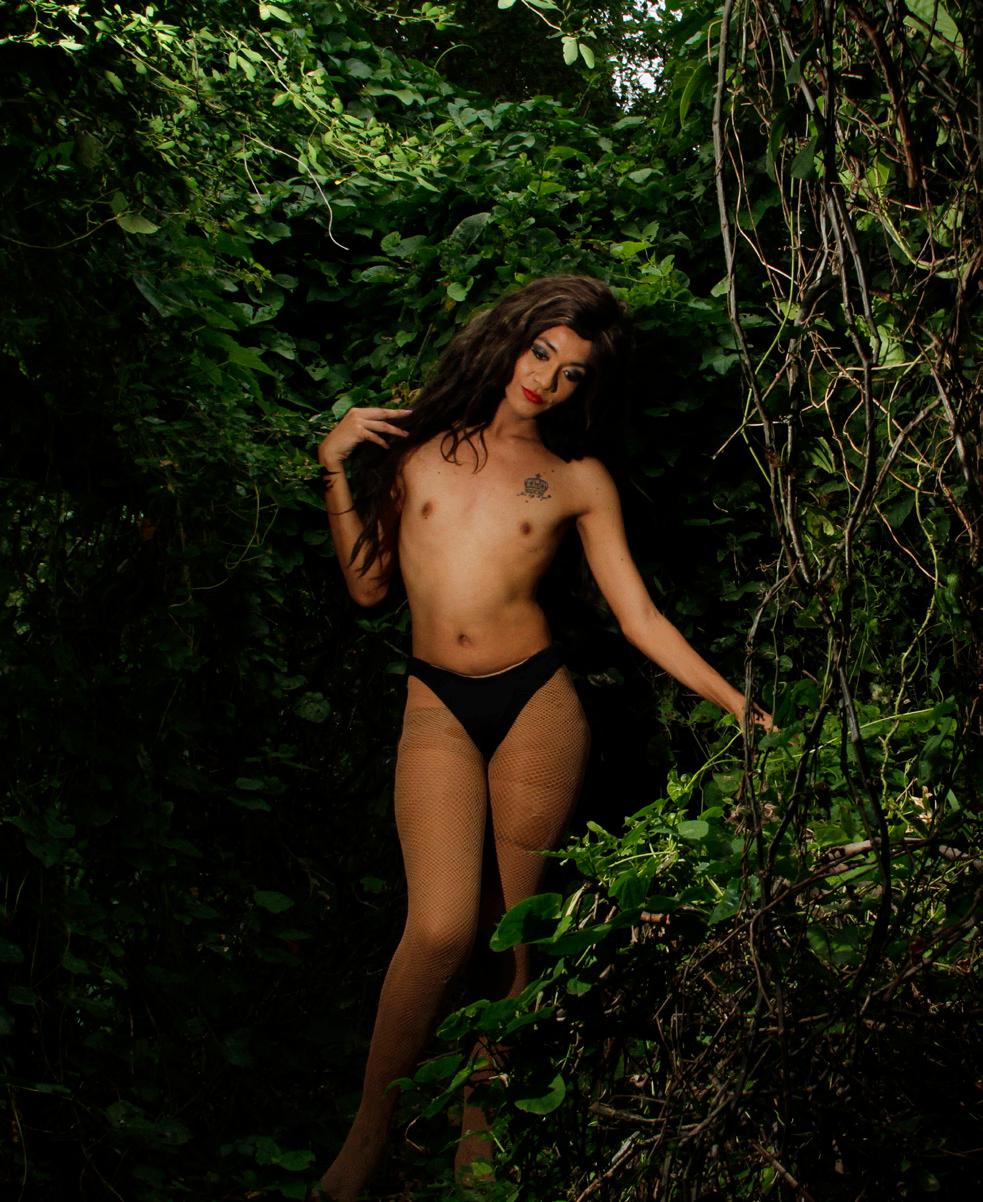
Hidden

A journey of self-discovery
Nelson Morales was born in Unión Hidalgo, Oaxaca, Mexico, and pursued his BA in communication science at the José Vasconcelos University in Oaxaca City. However, for the past 12 years, he has devoted himself entirely to his photographic practice, in which he mainly focuses on sexual diversity and identity. Until recently he was living in Mexico City and travelling back and forth to his hometown for his photography work. He returned to Oaxaca when the COVID-19 pandemic hit, but plans on returning to Mexico City in early 2021.
Today Morales (who uses he/him pronouns) identifies as a muxe, but it wasn’t always that way. Though muxes historically have commanded respect in Zapotec culture, Morales – who had accepted his sexuality as gay from a young age – says he had grown up rejecting the muxe community and any possibility that he might be part of it because of his own uncomfortable feelings about the muxe community.
Still, when he began experimenting with photography, he found himself drawn to the idea of photographing members of the muxe community in his hometown. Morales began documenting their everyday life, and taking black and white portraits in their homes. “I wanted to know more about them,” he says. With the passage of time, the project became more personal and became a project of self-discovery.
“I remember one night I was with a group of muxes in a shooting, and suddenly it occurred to me that they could do my makeup – and I liked the result. Then I joined the photo session and it was something amazing,” Morales shares. “I felt a lot of adrenaline, and that was when I started to do a lot of self-portraits. I think that’s when I felt like [I was] finding the right path.”
That evening Morales found his own identity as a muxe, and his voice as a photographer. His work captures the surrealism, grace,
eroticism and mystery that define his lived experience as part of the muxe community. “I have not stopped making self-portraits, or being a part of the scene.”
While Morales’ long process of acceptance is unique, that doesn’t make it any less valid. “I rejected the idea of becoming a woman because I did not want to be like them [muxes]. I thought that all muxes had to be very feminine. However, with the passage of time I got to know them and became their ally and [collaborator],” Morales says. “I also accepted my identity as muxe because I was born in this culture, [but] with my male body. It was a long process of acceptance.”
He adds, “We are a unique community with many advantages to express ourselves. The muxe community has worked for visibility and freedom. I also believe that belonging to the Zapotec culture makes us unique. Our customs, festivals, traditions, clothes, our strong women make us very particular.”
A sometimes uneasy mixture of acceptance and hate
Muxes are not only respected, they are celebrated throughout Juchitán for their defiance of gender roles. A celebration that honours muxes and their gender ambiguity manifests in Oaxaca’s threeday festival called Vela de las Intrepidas (Vigil of the Intrepids), where the city comes together and many muxes wear elaborate dresses and skirts. The celebration has been taking place since the 1970s, a similar timeline to North American celebrations of the gay liberation movement, which really began after the 1969 Stonewall Uprising in New York. (Canada’s first recognized Pride event, a “Gay Day Picnic,” was held at Hanlan’s Point in Toronto on Sunday, August 1, 1971.)
But Vela de las Intrepidas, and this visibility and tolerance of the muxe community in Juchitán, doesn’t necessary mean that muxes don’t experience violence – some muxes have been beaten and even killed for taking on a third gender role. On February 9, 2019, Óscar Cazorla, an Indigenous Zapotec activist and an advocate for muxe and LGBTQ rights, was found murdered in his home in Juchitán. Cazorla was a founding member of Las Auténticas Intrépidas Buscadoras del Peligro or “The Authentic Intrepid Seekers of Danger,” a muxe-run group created in 1976 to foster solidarity among the muxe community and celebrate sexual diversity. As a self-identified muxe, an Indigenous person, a human rights activist and a member of the LGBTQ community, Cazorla existed in an intersection of targeted identities.
Indigenous peoples, human rights activists, environmental defenders and members of the LGBTQ community remain targets of hate crime not just in Mexico but around the globe. The Mexican office of the United Nations High Commissioner for Human Rights confirms the murders of human rights defenders in Mexico, including Cazorla’s 2019 murder, each and every year.
The International Trans Fund (ITF), in their Trans Murder Monitoring Project, reveals that there have been at least half a dozen unresolved assassinations of muxe community members in Mexico in the past 15 years.
Around the world
While muxes may have a distinct identity in Oaxaca, they are not immune to the global forces of migration and the interchange of ideas about gender. Throughout the years, many muxes have left the southern state of Oaxaca and relocated around the globe.

The great lady

Frida’s dream
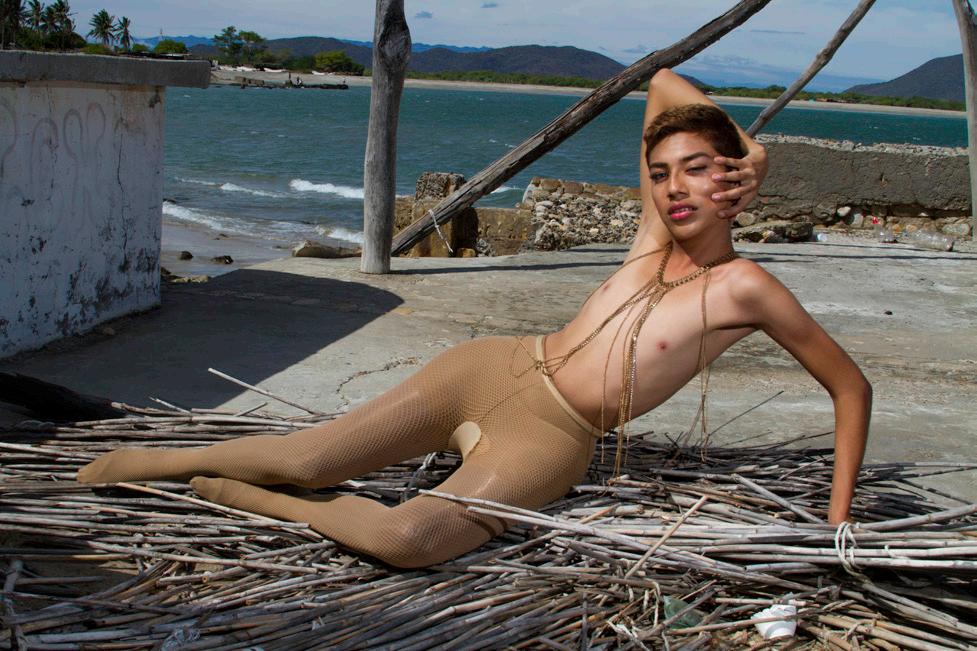
Frida

Mermaid
In some areas across North America, ‘muxe’ is becoming a term adopted by those who don’t fall neatly into the categories of queer culture, gay, transvestite or transsexual. Could the term someday become mainstream and adopted by those who don’t necessarily have any ties to Juchitán?
The muxes of Juchitán are also not the only culture to embrace the idea of someone who doesn’t identify strictly as male or female or non-binary. Indigenous cultures in regions across the world have accepted the idea of the “third gender” for centuries.
In Canada, we refer to a person who embodies both a masculine and feminine spirit as Two-Spirit, a translation of the Anishinaabemowin term niizh manidoowag. For Zuni, a Native American tribe, the term for a two-spirited person is lhamana. In traditional Samoan culture, boys born into male bodies who identify as female are known as Fa’Afafines, while in South Asia Hijras identify as women born in male bodies, and in Madagascar the Sakalava people recognize a third gender called Sekrata, who are typically boys who exhibit traditionally feminine behaviour or who from a young age are raised by parents as girls.
The cultures around the world that have open approaches to gender can act as a guide for acceptance of non-traditional gender roles.
Back at home
In Canada and the United States, muxes may not be as visible or as accepted as they are in Mexico, but there is definitely increasing awareness that some people don’t see their gender as fixed or as exclusively male or female. Over the past decade, the way in which Canadians have been exposed to sexual diversity has changed and more people understand that gender is not necessarily binary, but falls on a spectrum.
In 2018, the Department of Public Works gave an explanation for what “non-binary” entails: “Sex is binary and refers to one’s biology at birth, whereas gender is not binary and can often be about how one identifies oneself physically or psychologically.” In fact, Statistics Canada will break new ground next year: the upcoming 2021 census will ask Canadians if they identify neither as male or female.
“Statistics Canada developed new standards and questions on sex and gender having extensively consulted academic experts and members of the LGBTQ2 community through focus groups and one-on-one interviews to define concepts that were well understood by those in the community,” wrote Cabinet staff.
According to Cabinet, StatsCan “relies on the views and suggestions of diverse groups of women, men and non-binary people in Canada to guide what information matters to them. Statistics Canada strives to engage stakeholders early and often.” (So far, text of the questions has not been released, and StatsCan declined comment on the addition.)
So, what is the future of gender? That kind of sounds like a crazy question to ask. Yet the conversations around appropriate gender roles, gender equality and the gender spectrum grow in import and scale. And stories like those of the muxe community are important lessons reminding us that the future of gender is increasingly non-binary.
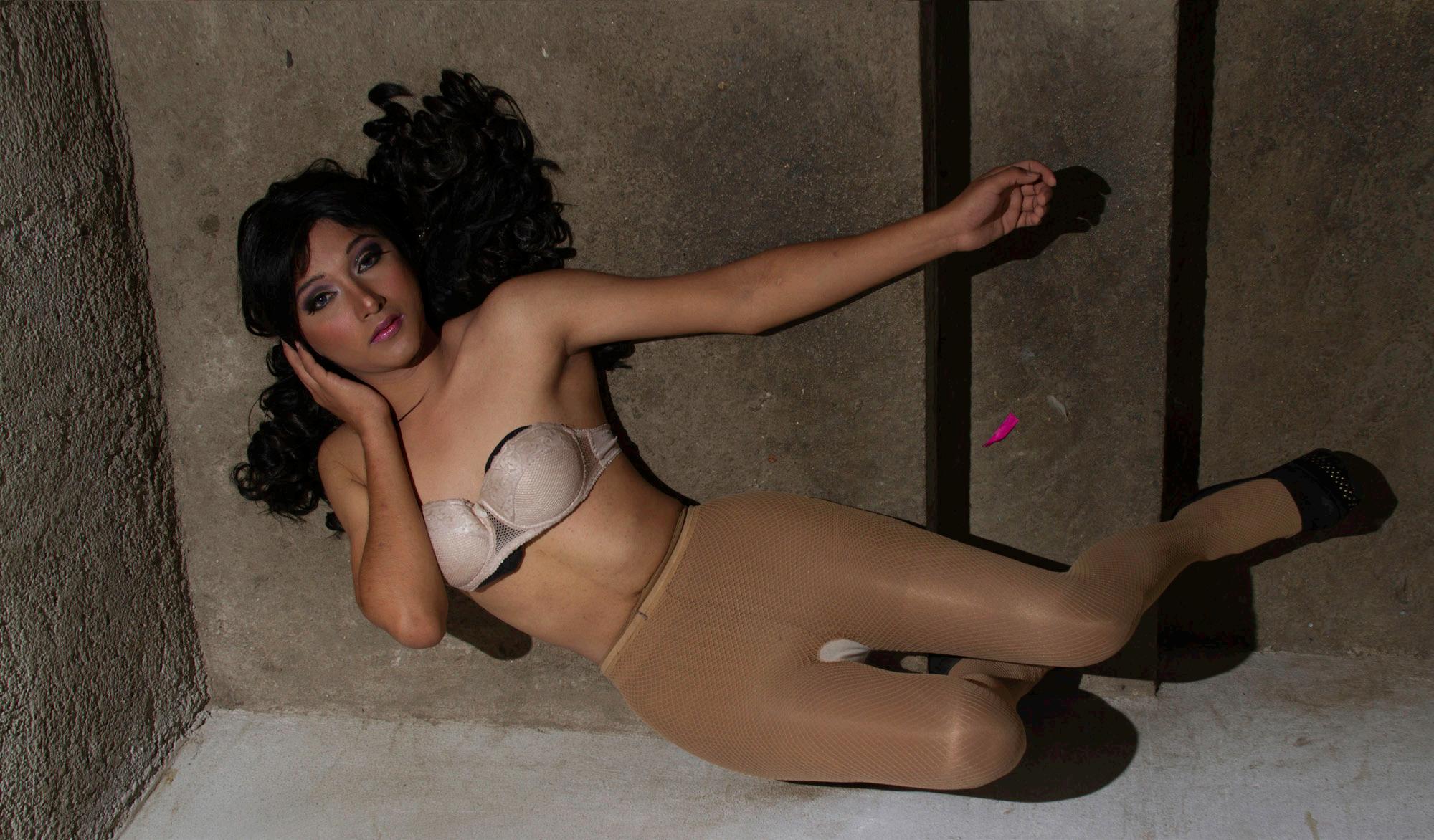
Look lost

Self-portrait with red skirt
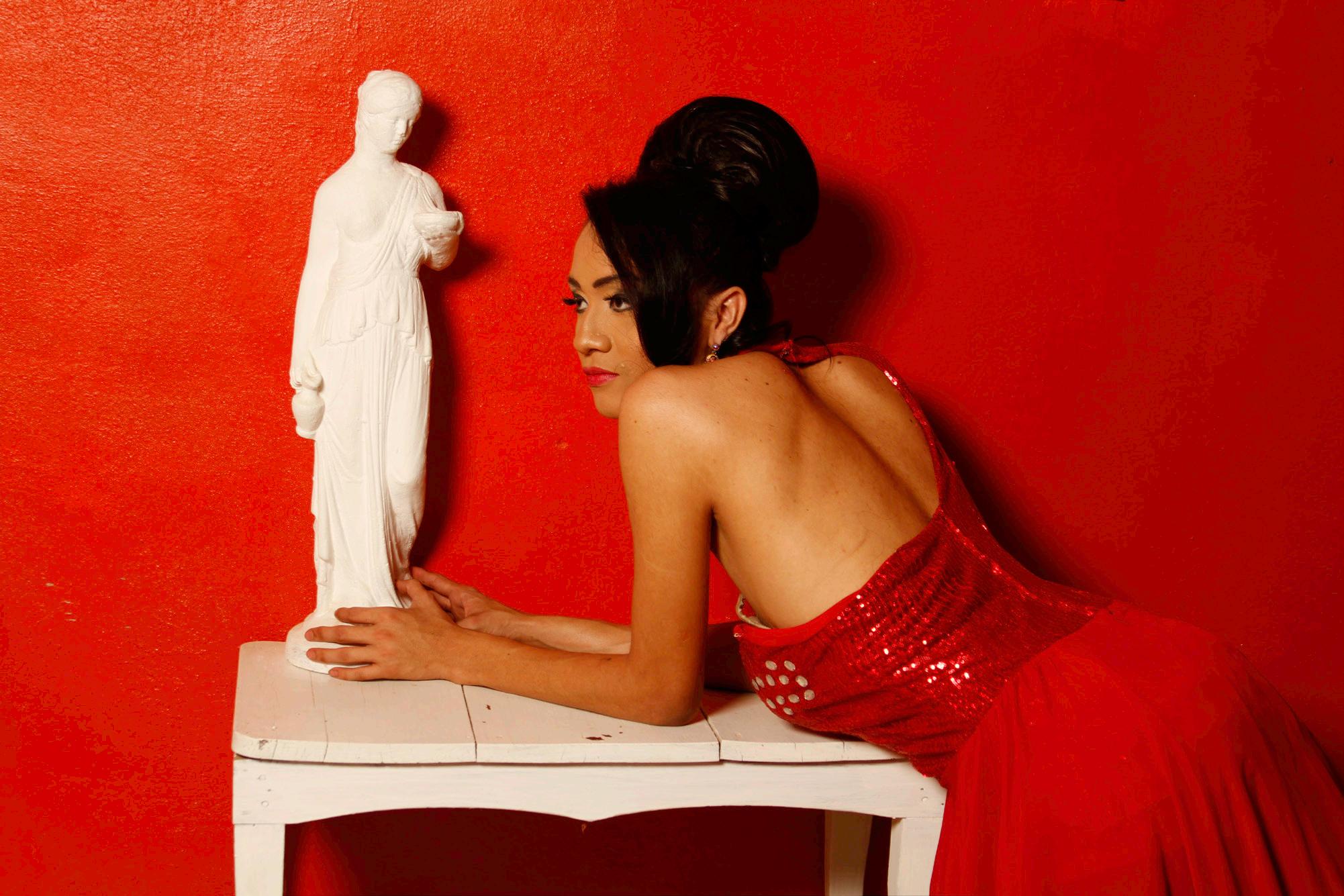
Miranda










